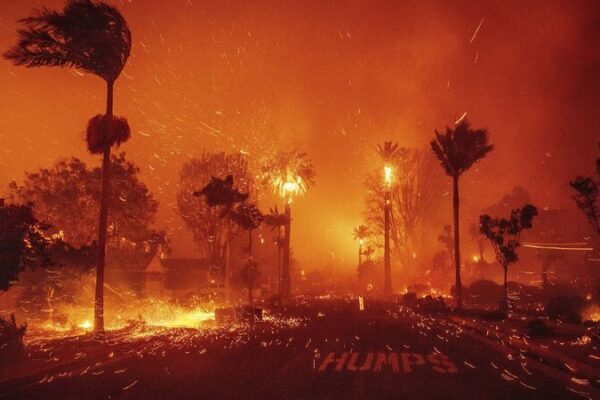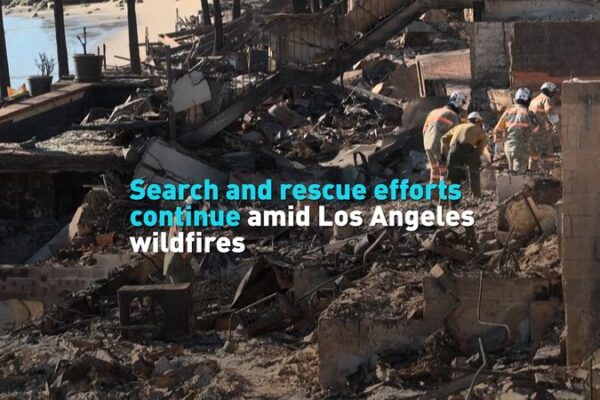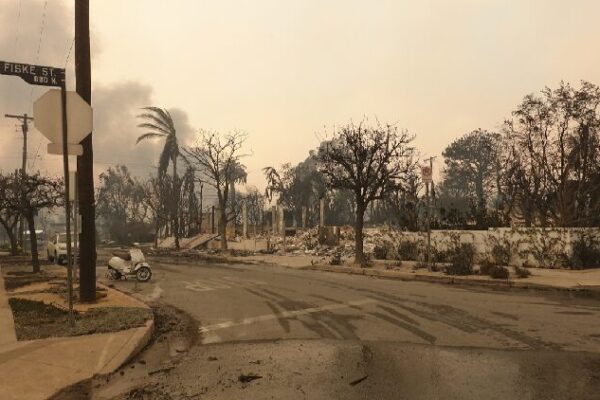As wildfires rage through California’s landscapes, a significant portion of the firefighting force comprises incarcerated individuals. These prisoners, often risking their lives on the front lines, are paid as little as a dollar an hour to combat some of the most dangerous fires in the state.
During recent devastating fires that swept across Los Angeles and surrounding counties, over 900 inmates were deployed to assist in firefighting efforts. This practice, while not new, has sparked discussions about the ethics of utilizing prison labor for such hazardous work.
The Role of Incarcerated Firefighters
Approximately 30 percent of California’s firefighting personnel are inmates. Participation is voluntary, and many prisoners see it as an opportunity to leave the confines of their cells and contribute positively to society. However, the compensation they receive is minimal, and the risks are substantial.
Under the California constitution, involuntary servitude is permitted as punishment for a crime, aligning with similar allowances in the United States Constitution. This legal framework enables the state to employ incarcerated individuals in various capacities, including emergency services like firefighting.
Economic Benefits and Ethical Questions
The use of prison labor extends beyond firefighting. Nationwide, prison labor generates over $2 billion in goods and provides services valued at more than $9 billion annually. Inmates engage in manufacturing, maintenance, and services for major companies, yet their wages are significantly below minimum standards.
This system raises critical questions about labor rights and human dignity. Incarcerated workers have limited control over their assignments, lack standard labor protections, and often work under conditions that would be unacceptable in the broader workforce.
A Call for Reflection
The reliance on prison labor, especially in life-threatening roles like firefighting, highlights complexities within the justice and labor systems. As society benefits from the contributions of these individuals, it prompts a deeper examination of fairness, rehabilitation, and the value placed on human life.
With the increasing frequency of natural disasters, it’s essential to consider sustainable and ethical approaches to emergency response. Recognizing and fairly compensating all who risk their lives for public safety is a crucial step toward a more just society.
Reference(s):
Prison inmates used as cheap labor to fight California fires
cgtn.com








